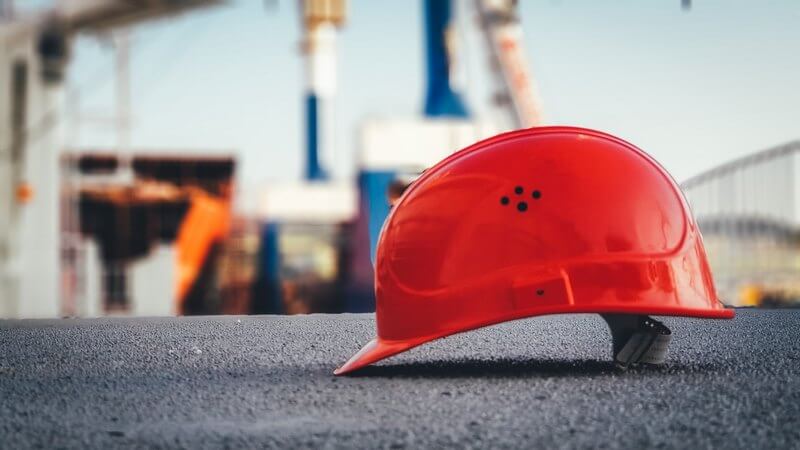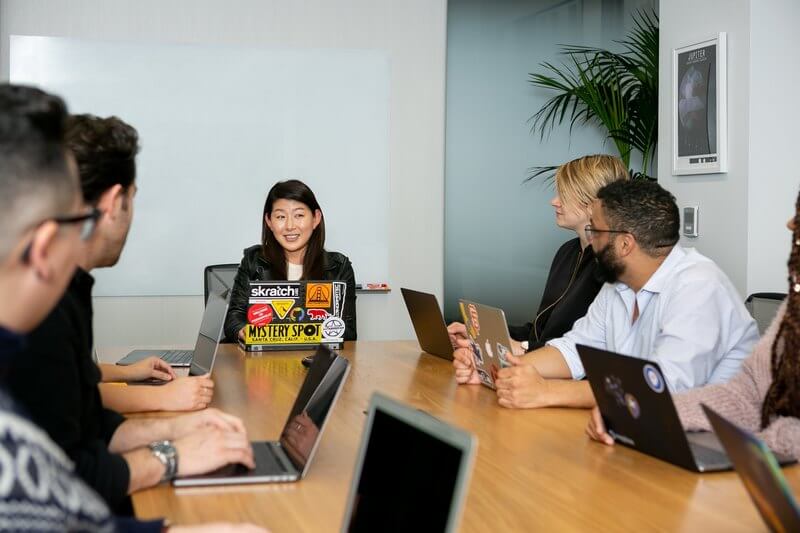
Preparedness in a new paradigm
I am sharing how to promote safety resilience for remote workers in this series. As the second in the series on remote work risks, I intend to dive deeper into the topic with focus areas for resilience professionals to consider. As we build resilient organizations for a post-COVID environment, we must consider how safety, security, operational risks, and employee well-being factor into remote offices. Of course, at-home workspaces are not the only thing we want to ponder, as many companies have field workers transporting goods or meeting with customers.
As a leader in this space, you will want to reexamine current practices and analyze what has changed. Consider how much of the employee footprint transformed during the pandemic. Then, try to understand from working with the business how much of that will shift is permanent. After identifying these aspects, it’s helpful to consider the pros and cons of employee populations working in-office and others from home. Again, as I said, you will have road-warrior travelers and others who move goods and provide services in the field. By identifying your employee populations, you can explore how to build resilience for when crises occur.

Safety outside of the office
Safety should always be a number one priority for workplaces. From a practical perspective, organizations want to consider the worker’s compensation case risk. Each organization has a different classification of risk based on the environment. Depending on your workplace’s standard occupational category, there will be varying layers of threats.
For example, is yours a service industry, healthcare, sales, engineering, or farming? Anyway, from my models, you get the drift that each work environment and employee classification has its own needs and potential perils. I will focus mainly on the traditional office-based professional service industry for this discussion. However, many of the tips apply to the majority of workplaces. Regardless, if you are not thinking of safety concerns for your remote workforce already, I encourage you to do so now as a preventative measure for the future.

Safety first
Having friends and colleagues in the construction trades, they espouse safety first. I agree. When you determine how to promote safety resilience for remote workers, you will want to encourage preventative and proactive measures. By reviewing the tips outlined in this post, you will gain a roadmap for resilience that keeps employees safe and encourages them to scrutinize their surroundings.
Although becoming commonplace with new construction, most apartments, condos, and homes did not have home offices pre-pandemic. The natural exception to this was executive homes, explicitly built with leaders in mind who often anticipated working late hours on weekends or holidays but wanted the comfort of being an ability to step from work into their homelives. We all know this is now the norm, but it was a privilege in the past. However, creating a safe work environment is not.

Collaborating cross-functionally
If your organization has an employee safety team or lead, this discipline will be at the table for any planning activities. Understandably, real estate and facilities are always significant players in workplace safety. Security, whether from a physical or infosec standpoint, must be involved. Then, getting the input of the business is critical for overall success. Last but not least, it is helpful to get employees’ feedback to support long-term success. Our area leads will have the necessary inputs, but no program succeeds without leadership and employee buy-in.
A BCM or resilience specialist brings all of the inputs together and helps identify gaps or blockers from a business risk perspective. I wrote about Workforce Resilience Post-COVID and the importance of preparedness moving forward into the new normal. Additionally, I stressed the importance of talent, and one success factor is keeping employees happy. Indeed, you can’t achieve 100% employee satisfaction but can come close when you actively engage with them to provide feedback and understand their needs. For example, are ergonomics top of mind, do they worry about customers showing up on their doorstep, or is a cyber security leak something they think about? You can identify where to focus resources and time while balancing organizational objectives by surveying your employee base.

Employee safety risks at home
Below is a list of risks to consider that could endanger either the employee physically or sensitive company data:
- Safety first – Brainstorm if any employee populations could be at increased risk of harassment or assault by angry clients, etc. Many employees have family members or roommates that could also be affected. However, isolated employees may also be at risk.
- Equipment hazards – Safety guidance helps prevent employee trips and falls from poor cord management or other conditions. Although we can’t control what employees do in their homes, we can recommend best practices.
- Ergonomics – Many employees did not have a home office before COVID. Determine the best channel to provide information to limit injuries caused by an employee’s workspace or equipment.
- Emergencies or disasters – Pre-COVID, our office evacuation, and shelter-in-place guidance were robust. Consider how to shift messaging and protocols for employees working remotely. Identify if communication practices need to be adjusted as well.
- Data integrity and protection – Many companies leveraged guidance for mobile or travel situations. Work with your IT and infosec teams to adjust or craft home office-specific suggestions.
- Health – I’ll talk more directly about employee wellbeing in the fourth blog of this series. However, many companies report that employees are sitting long hours at desks for meetings or focus time. Actively promoting breaks, movement, exercise, and nutrition goals supports overall employee safety.

Promoting employee safety for the new normal
So, how to promote safety and resilience for remote workers is no easy task. There’s a lot to contemplate. The safety guidance I shared only covers some key areas. Please consider commenting and sharing other safety concerns your organization identified. As always, Disaster Empire is a forum for sharing, and in the future, I plan to provide additional opportunities for collaboration. So, let me know what’s on your mind and pass on your ideas for others to learn from.
In the next blog, I will focus on security concerns. I intend to cover physical, cyber, and infosec mitigation guidance to support organizational resilience. My learnings from the COVID experience are a renewed sense that to thrive, organizations must collaborate cross-functionally more than ever before. The pandemic pushed many workplaces forward by lightyears, especially those dependent on traditional workspaces of in-office, butts in seats, and hierarchical power structures. The tech industry was ahead of the curve but now faces the most significant economic downturn impacts. It speaks to resilience as a balancing act between strategic objectives, employee needs, and harmonizing company culture–including encouraging safety.
